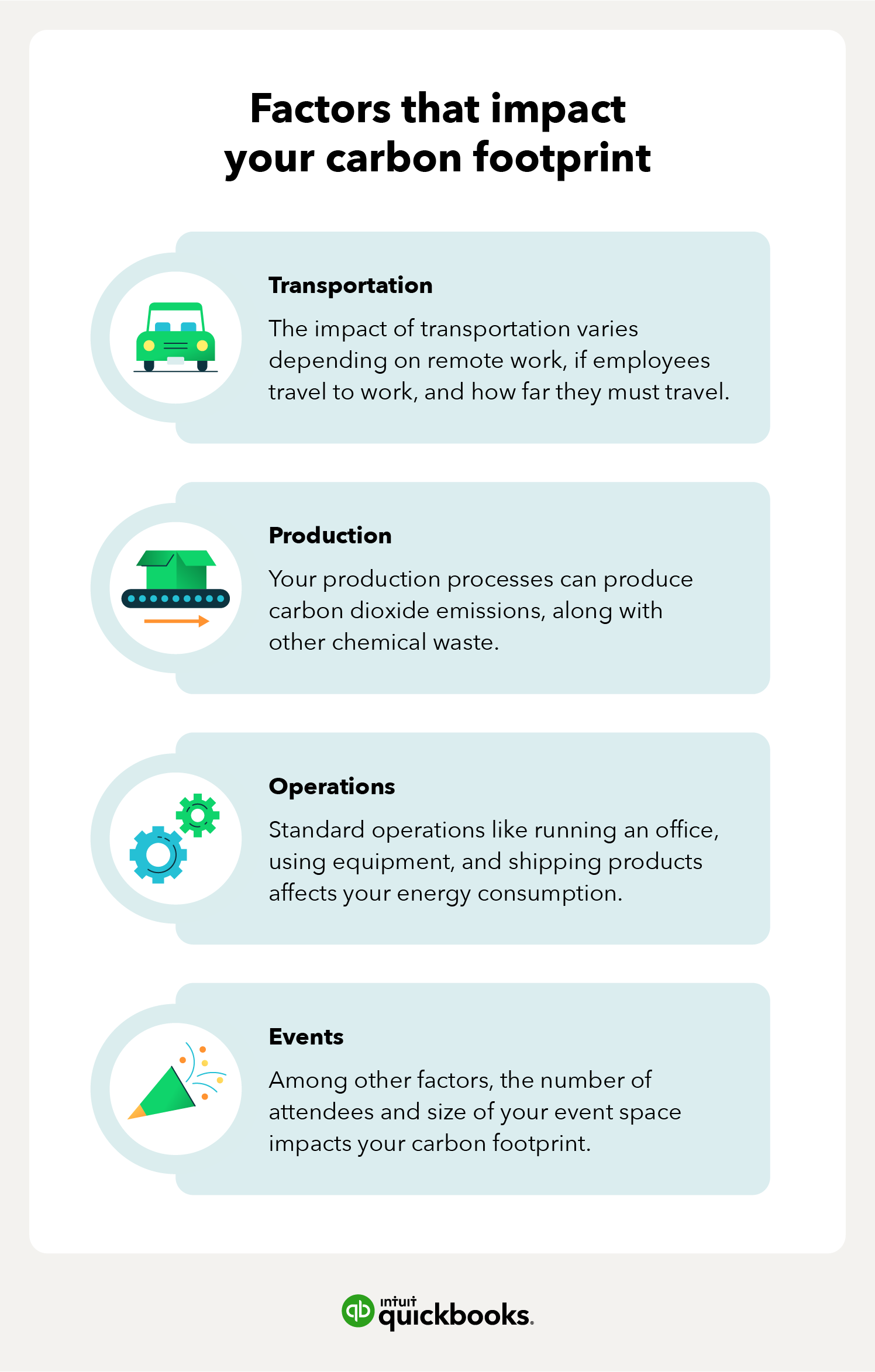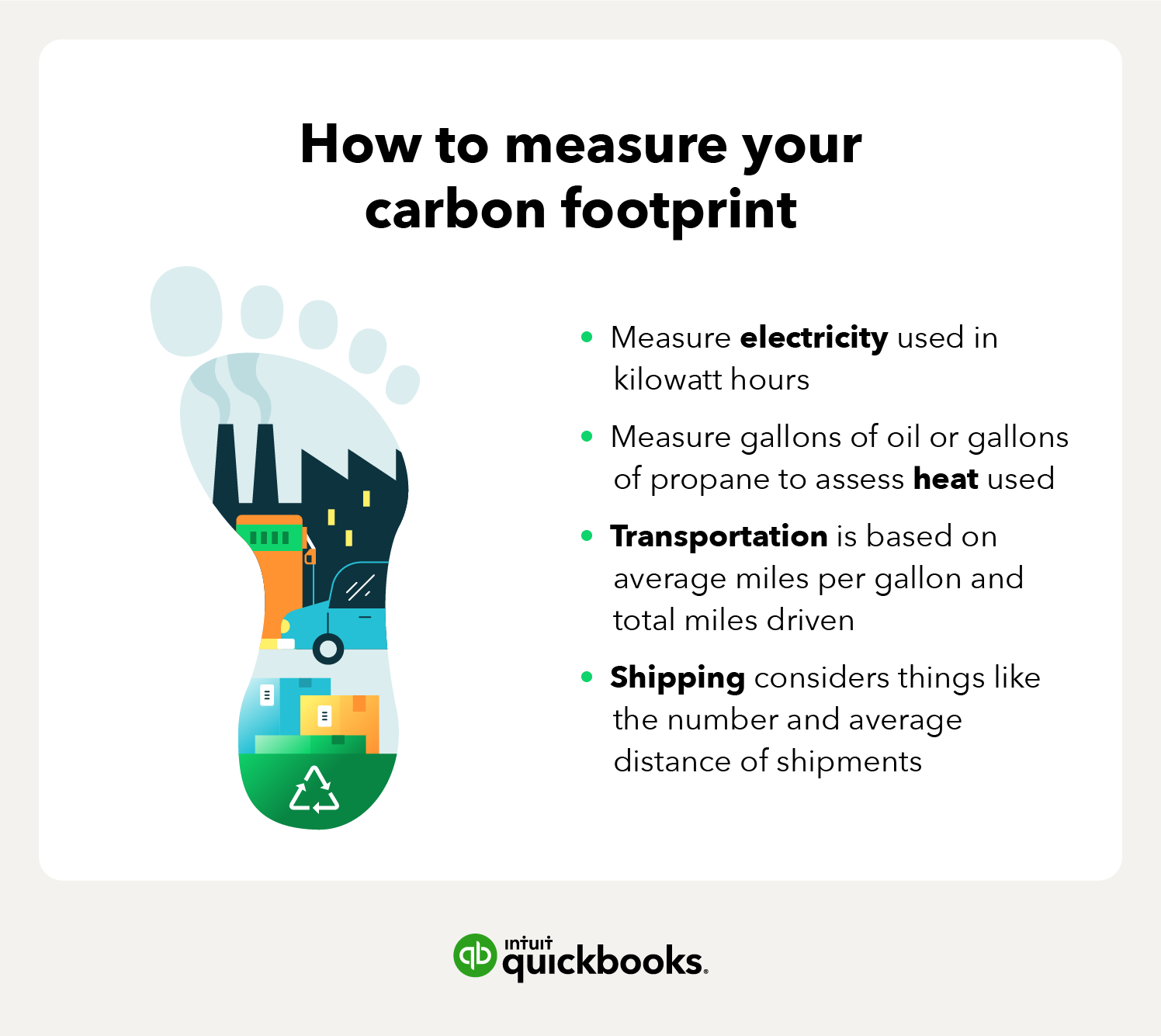Energy usage and your business’s carbon footprint
Your business’s carbon footprint is the sum of many parts, but energy consumption is probably the biggest influencing factor.
Mike Jones, president of SEEDidaho (a sustainable, environmental engineering and design firm), has assigned CO2 levels to companies in the past, as part of his energy audits. He says that measuring your carbon footprint from an energy perspective can be tricky, because it changes based on time and place.
“It depends on your geographical area,” he says, using the example of a business in Idaho, compared to one in West Virginia. “Say I’m in West Virginia, where my electricity comes from a coal-fired power plant. If my business has no solar panels on its roof, I’m tied to a higher CO2 level,” he says.
But if that same business were located in Idaho, Jones says it would have a lower CO2 level per kilowatt hour. “Here in Idaho, we have a lot of hydroelectric power,” says Jones. And while hydroelectric dams have their own impact on the environment, many have a low global carbon footprint.
Consumer-based renewable energy sources such as on-site solar or wind can help lower your footprint. “At my house, I’ve got five kilowatts of solar panels,” says Jones. As a result, his CO2 level is reduced. “Energy-wise, I get to claim a lower carbon footprint than my neighbor,” Jones says.













